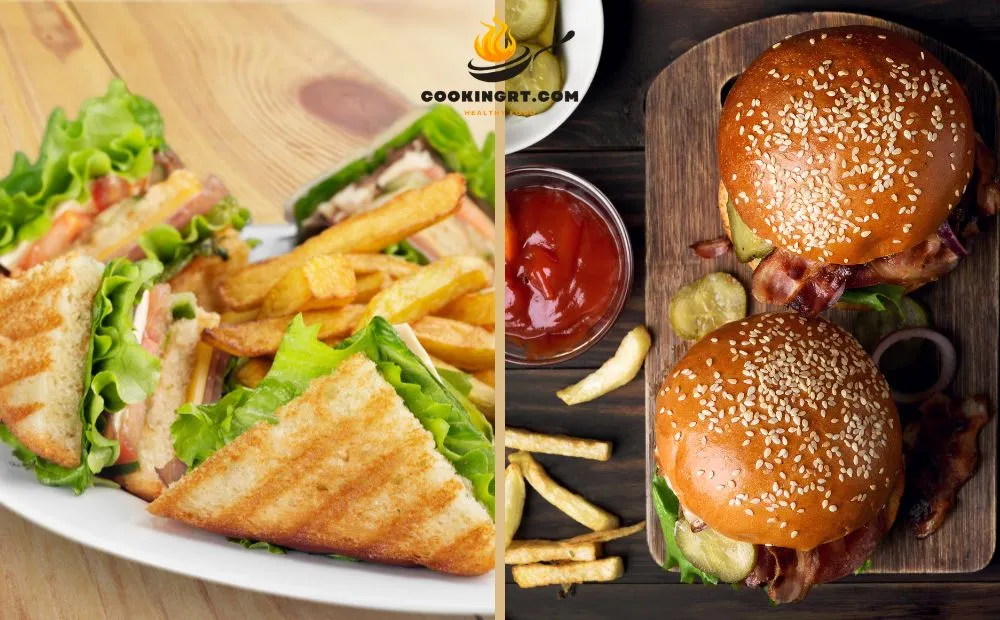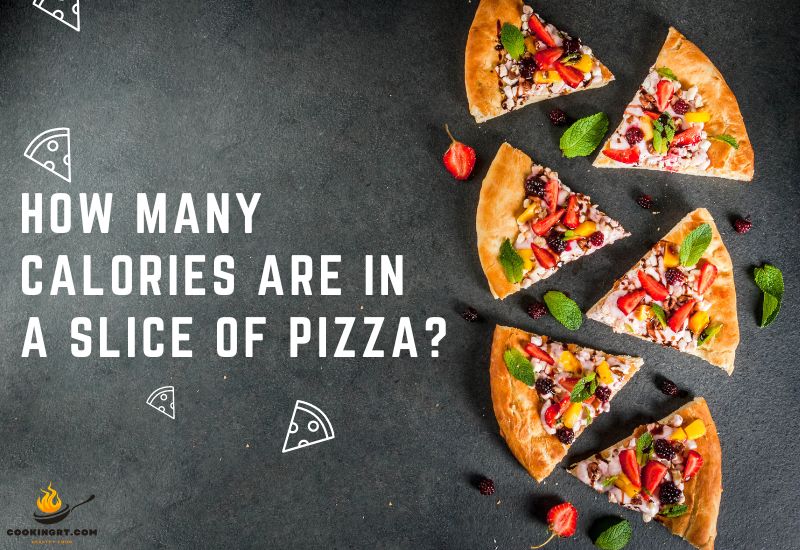Is a burger a sandwich? This seemingly simple question has sparked lively debates among food enthusiasts, culinary experts, and casual diners alike. At first glance, it might appear straightforward—after all, a burger is made with a filling placed between two slices of bread, much like a traditional sandwich. However, the discussion delves deeper into the definitions and cultural interpretations of these beloved foods. To truly understand the answer, we must explore the origins, ingredients, and societal perceptions that distinguish a burger from a sandwich.
History of the Sandwich
The concept of placing ingredients between pieces of burger bread is ancient and can be traced back to various cultures around the world. Here are some key points in the history of the sandwich:
Ancient Origins
Hillel the Elder: An early form of a sandwich can be attributed to Hillel the Elder, a Jewish rabbi who lived around the first century B.C. He is said to have started the Passover custom of sandwiching a mixture of chopped nuts, apples, spices, and wine between two matzohs (unleavened bread).
Medieval Europe
In medieval Europe, thick slabs of coarse bread called “trenchers” were used as plates. After the meal, the bread, soaked with the juices and sauces of the food, was eaten or given to the poor.
The Modern Sandwich
The modern sandwich is named after John Montagu, the 4th Earl of Sandwich, an 18th-century English aristocrat. The story goes that Montagu, an avid gambler, did not want to leave the gaming table to eat. He requested his valet to bring him meat tucked between two pieces of bread, allowing him to eat with one hand and continue playing. This convenient meal became popular and was named the “sandwich” after him.
American Influence
In the United States, the sandwich gained widespread popularity in the 19th and 20th centuries, evolving into numerous variations, including the hamburger, which became iconic in American cuisine. The hamburger buns itself has roots in the German dish “Hamburg steak,” which was brought to the U.S. by immigrants.
The Burger
The hamburger, as we know it today, likely originated in the late 19th to early 20th century. One of the first known instances of a hamburger in a bun was at the 1904 St. Louis World’s Fair. Various claims to the invention of the hamburger exist, with different restaurants and individuals laying claim to being the first to put a ground beef patty between two pieces of bread.
Characteristics of a Burger
A burger, a quintessential part of many culinary traditions worldwide, is more than just a popular fast-food item; it embodies a range of specific characteristics that distinguish it from other types of sandwiches. While the debate over whether a burger is a sandwich continues, exploring the characteristics of a burger ideas helps illuminate its unique identity.
Basic Structure
At its core, a burger consists of a cooked patty, typically made of ground meat, placed between two halves of a bun. This basic structure mirrors the sandwich’s composition but with distinctive elements that set it apart.
Bun: The best hamburger buns are often soft, slightly sweet, and sometimes toasted. They can be topped with sesame seeds or left plain.
Patty: The patty is traditionally made from ground beef, but variations include chicken, turkey, pork, lamb, or plant-based alternatives. The patty is usually seasoned and cooked to varying degrees of doneness.
Toppings and Condiments
One of the hallmarks of a plant burger is the array of toppings and condiments that can be added to enhance its flavor profile.
Vegetables: Common toppings include lettuce, tomato, onions (raw, grilled, or caramelized), and pickles.
Cheese: Cheeseburgers are a popular variation, with options like cheddar, Swiss, American, or blue cheese melted on top of the patty.
Condiments: Ketchup, mustard, mayonnaise, and special sauces (such as Thousand Island or burger sauce) are frequently used. Additional options might include barbecue sauce, hot sauce, or aioli.
Customization and Variability
Burgers are highly customizable, making them versatile and adaptable to various tastes and dietary preferences. This customization extends beyond traditional meat patties to include options for vegetarians and vegans, such as:
Vegetarian/Vegan Burger: Patties made from beans, lentils, vegetables, tofu, or commercial plant-based meat substitutes.
Specialty Buns: Whole wheat, gluten-free, or lettuce wraps can replace the standard bun to cater to specific dietary needs.
Cooking Methods
The method of cooking the patty is crucial in defining a cheese burger character. Common cooking methods include:
- Grilling: Imparts a smoky flavor and often a charred exterior.
- Pan-Frying: Allows for a crispy crust while maintaining a juicy interior.
- Broiling: Uses high heat from above, cooking the patty quickly and evenly.
Cultural Variations
Burgers reflect regional tastes and culinary practices, leading to numerous variations worldwide:
- American Classic: A simple combination of beef patty, American cheese, lettuce, tomato, and pickles on a sesame seed bun.
- Cheeseburger: Any burger with a slice of cheese melted on top.
- Bacon Burger: A burger topped with crispy bacon strips.
- Regional Specialties: In Australia, beetroot slices are common; in Japan, teriyaki sauce is a popular addition; in India, spicy potato homemade burger patties (aloo tikki) serve as a vegetarian option.
Occasions and Settings
Burgers are versatile and can be enjoyed in various settings, from casual backyard barbecues to upscale restaurants. They are a staple at fast-food chains, diners, and even gourmet eateries, reflecting their broad appeal.
Nutritional Considerations
While often associated with fast food and high-calorie meals, beef burger can be adapted to fit healthier diets:
- Lean Meat Options: Using leaner cuts of meat or poultry.
- Healthier Toppings: Incorporating more vegetables and using low-fat condiments.
- Whole Grain Buns: Opting for whole grain or whole wheat buns to increase fiber content.
Comparing Burgers and Sandwiches

Burgers and sandwiches: two beloved staples of casual dining, often found on menus worldwide. Despite their shared category of handheld delights, they each possess unique characteristics that distinguish them in taste, texture, and cultural significance. In this culinary exploration, we delve into the nuanced differences between burgers and sandwiches, uncovering what sets them apart and what unites them in their universal appeal.
Definition and Origins
Let’s start with the basics: what exactly constitutes a burger and a sandwich? A burger typically consists of a ground meat patty, commonly beef, placed between two slices of a soft bun. It often includes various toppings such as lettuce, tomato, cheese, onions, and condiments like ketchup and mustard. The sandwich, on the other hand, is a broader category encompassing a variety of fillings placed between two slices of bread or within a single bread roll. From classic combinations like ham and cheese to innovative creations featuring roasted vegetables or seafood, the sandwich offers endless possibilities for culinary creativity.
Cultural Significance
Both burgers and sandwiches have carved out a place in culinary history and popular culture. The plant burger is deeply rooted in American cuisine, with its origins tracing back to the late 19th and early 20th centuries. It has since become an iconic symbol of fast food culture, with chains like McDonald’s and Burger King dominating the global market. Sandwiches, on the other hand, have a more diverse and international heritage, with variations ranging from the classic PB&J in the United States to the traditional banh mi in Vietnam and the hearty club sandwich in England.
Texture and Composition
One of the key distinctions between burgers and sandwiches lies in their texture and composition. Burgers are characterized by their juicy meat burger patties, which are often grilled or fried to perfection, creating a succulent center encased within a soft bun. Sandwiches, meanwhile, offer a wider range of textures depending on the fillings used. From the crunchy bite of fresh vegetables to the creamy richness of spreads like mayonnaise or hummus, each component adds depth and complexity to the overall experience.
Customization and Versatility
Another factor to consider is the level of customization and versatility offered by burgers and sandwiches. While veggie burger often adhere to a traditional formula of meat, bun, and toppings, sandwiches provide endless opportunities for experimentation. From choosing the type of bread or roll to selecting fillings that cater to personal taste preferences or dietary restrictions, the sandwich offers a blank canvas for culinary innovation.
Also Read More: How Many Calories Are In A Slice Of Pizza?
Culinary Perspectives

In the ever-evolving world of culinary taxonomy, few debates ignite as much passion and controversy as the classification of a burger. Is it, in fact, a sandwich? This seemingly simple question sparks a journey into the heart of culinary definitions and traditions, inviting us to explore the nuanced perspectives that shape our understanding of food.
At first glance, the burger appears to fit snugly within the confines of what we traditionally consider a sandwich: it consists of a filling enclosed between two pieces of bread. However, to reduce the burger patties to a mere subset of the sandwich family fails to acknowledge its distinct identity and cultural significance.
Proponents of the “burger as a sandwich” camp argue from a strict technical standpoint. They point to the structural similarities between burgers and classic sandwiches, emphasizing the shared foundation of bread and filling. From this perspective, the steak burger becomes just another variation of the beloved sandwich, albeit one with a uniquely American twist.
Conversely, those who advocate for the burger’s autonomy contend that it transcends the confines of traditional sandwich taxonomy. They argue that the burger’s iconic status, coupled with its distinct preparation and consumption rituals, warrant its recognition as a culinary category unto itself. The burger, they argue, is not simply a sandwich; it is a cultural phenomenon that embodies the spirit of American gastronomy.
Yet, culinary perspectives on this matter extend beyond technicalities and cultural significance. The debate over whether a burger is a sandwich speaks to larger questions about the nature of culinary classification and the fluidity of food identities. In a culinary landscape marked by innovation and fusion, can we truly confine dishes to rigid categories? Or should we embrace the fluidity of culinary evolution, allowing room for reinterpretation and redefinition?
Ultimately, the question of whether a burger is a sandwich transcends mere semantics; it is a reflection of our complex relationship with food and tradition. Whether you believe in the strict adherence to culinary taxonomy or embrace the fluidity of gastronomic evolution, one thing remains certain: the debate over the burger’s classification is as rich and diverse as the dish itself.
Popular Opinion
Popular Opinion: The collective viewpoint held by a significant portion of society, often shaped by cultural norms, media influence, and individual experiences. Popular opinions can vary widely depending on factors such as geographical location, socioeconomic status, and personal beliefs. While they may not always align with factual accuracy or logical reasoning, popular opinions play a crucial role in shaping societal attitudes, behaviors, and norms.
Burger: A popular fast-food item consisting of a cooked patty of ground meat, typically beef, served between two slices of a bread-like bun. Common accompaniments include lettuce, tomato, cheese, onions, pickles, and condiments such as ketchup and mustard. While traditionally associated with American cuisine, burgers have become a global phenomenon, enjoyed in various forms and variations across different cultures.
Sandwich: A widely recognized culinary concept consisting of one or more fillings, such as meat, cheese, vegetables, or spreads, placed between two slices of bread or within a single bread item, such as a roll or baguette. Sandwiches can be served hot or cold and come in countless variations, ranging from simple ham and cheese sandwiches to elaborate gourmet creations. This versatile food item has roots dating back centuries and remains a staple in many cuisines worldwide.
Debate: The classification of a burger meat as a type of sandwich is a topic of ongoing debate among food enthusiasts, linguists, and culinary experts. While some argue that burgers meet the criteria of a sandwich due to their fundamental structure of filling between bread, others contend that the unique characteristics of burgers, such as their specific ingredients, preparation methods, and cultural significance, distinguish them as a distinct category of food. Despite differing opinions, the debate highlights the complexity of food classification and the subjective nature of culinary terminology.
Conclusion
Yes, a burger can be classified as a type of sandwich. Both burgers and sandwiches consist of a filling placed between two pieces of bread or a bun. The primary difference lies in the type of filling and the cultural context. While sandwiches traditionally feature a variety of fillings such as deli meats, cheeses, and vegetables, burgers typically include a patty made from ground meat. However, since a best veggie burger fits the structural definition of a sandwich, with bread enclosing a filling, it can be considered a specific subtype within the broader category of sandwiches. Therefore, from a culinary standpoint, a burger qualifies as a type of sandwich.
Frequently Asked Questions (FAQ’s)
Q: What defines a sandwich?
Ans: A sandwich typically consists of two slices of bread with various fillings such as meat, cheese, vegetables, or spreads between them. It is a versatile food item that can be served hot or cold.
Q: What is a burger?
Ans: A burger, short for hamburger, usually consists of a ground meat patty (often beef) placed between two halves of a bun. It can also include various toppings such as lettuce, tomato, cheese, pickles, and condiments like ketchup, mustard, or mayonnaise.
Q: Are there any official definitions that classify a burger as a sandwich?
Ans: Many culinary experts and dictionaries, including the USDA and Merriam-Webster, classify burgers as a subset of sandwiches. According to these sources, the structure of a burger fits within the broader category of sandwiches.
Q: Are there any arguments against considering a burger a sandwich?
Ans: Some people argue that a burger is distinct from a sandwich due to its unique identity and the specific type of bread (a bun) used. They believe that while a burger shares similarities with sandwiches, it has become a distinct food category in its own right.
Q: Does the classification of a burger as a sandwich affect its preparation or consumption?
Ans: No, the classification does not affect how a burger is prepared or consumed. Whether viewed as a sandwich or its own category, the way burgers are made and enjoyed remains the same, with emphasis on personal preferences and regional variations.


